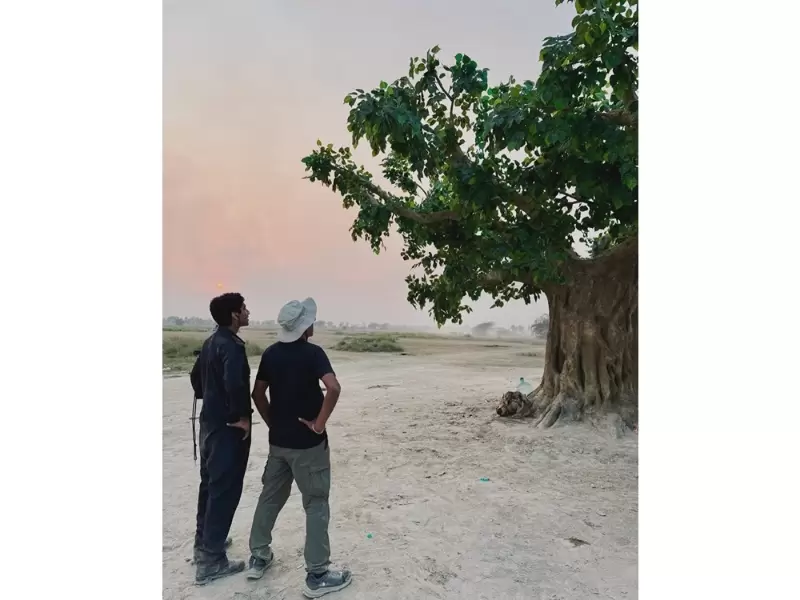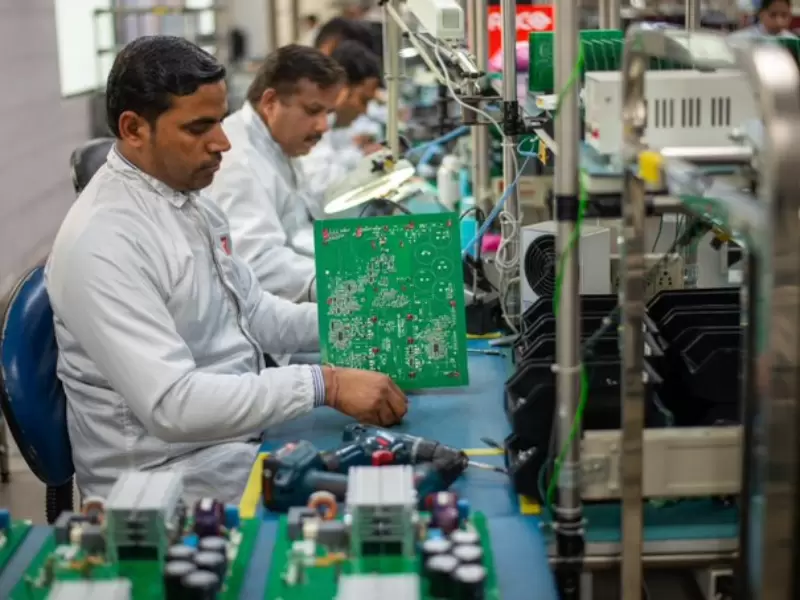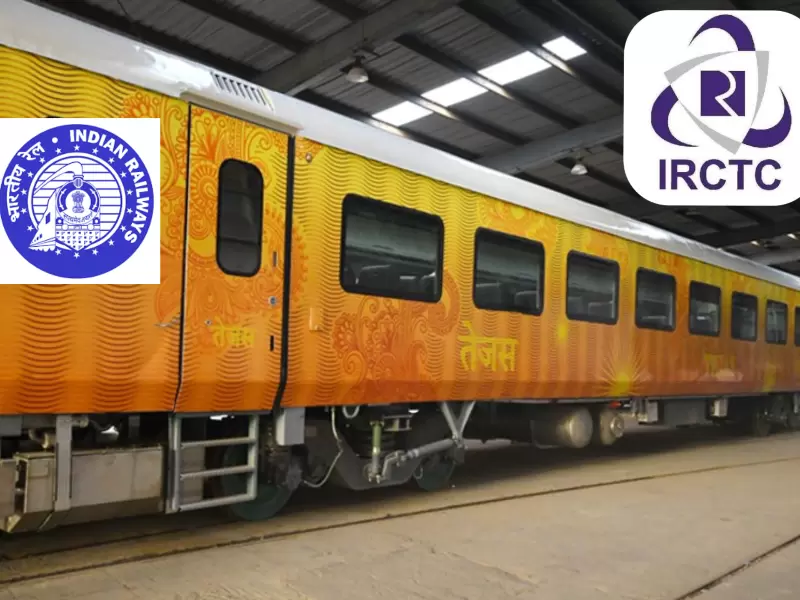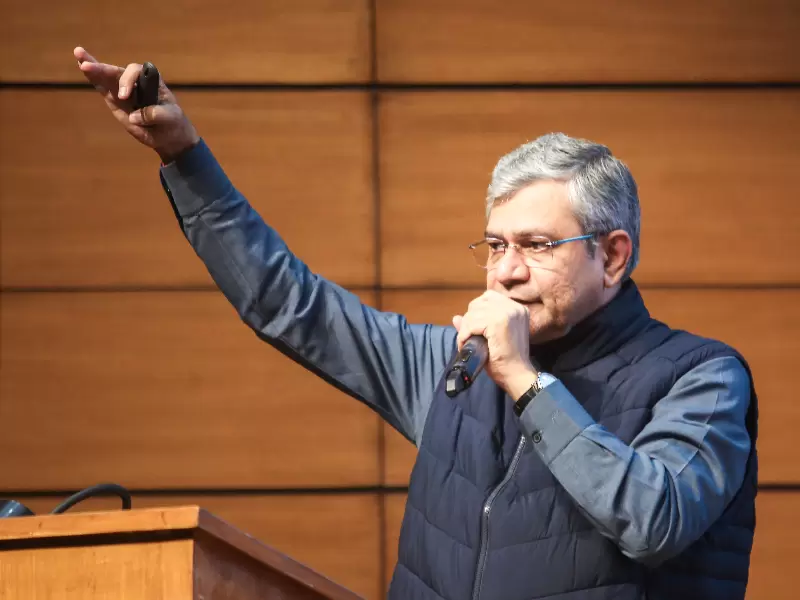MIT student uses computational tools to create sustainable materials
Avni Singhal has contributed to several projects including developing degradable and deconstructable plastics and improving carbon capture molecules.
 Avni Singhal / Image-MIT/Cody O’Loughlin
Avni Singhal / Image-MIT/Cody O’Loughlin
Avni Singhal, a Ph.D. student in the Department of Materials Science and Engineering at MIT, has made significant strides in a number of areas, such as the development of carbon capture molecules and the enhancement of carbon-degradable and destructible plastics.
In order to better design and comprehend materials, Singhal and her colleagues at the Learning Matter Lab, a group that combines data science tools with engineering and physics-based simulation, are using atomistic simulations to model sustainable material properties.
As part of the computational group, Singhal has worked on a range of projects in collaboration with other labs that are looking to combine computing with other disciplines. Some of the work that the lab does is sponsored by the MIT Climate and Sustainability Consortium.
Singhal received degrees in material science, bioengineering, electrical engineering, and computer science from UC Berkeley before enrolling at MIT. In an interview with the institute press, Singhal said she was hesitant to join the Learning Matter Lab.
“I was generally interested in doing work on environment-related applications. I was pretty hesitant at first to switch entirely to computation because it’s a very different type of lifestyle of research than what I was doing before,” she said.
She claims that in order to succeed at the lab projects she has worked on, she has had to learn the ins and outs of the technical aspects of her work and figure out how to best leverage the knowledge of her colleagues.
“When I came in, I was very wide-eyed, thinking computation can do everything because I had never done it before,” says Singhal. “It’s that curve where you know a little bit about something, and you think it can do everything. And then as you learn more, you learn where it can and can’t help us, where it can be valuable, and how to figure out in what part of a project it’s useful.”
ADVERTISEMENT
ADVERTISEMENT
E Paper
Video




 Yasmin Tinwala
Yasmin Tinwala












Comments
Start the conversation
Become a member of New India Abroad to start commenting.
Sign Up Now
Already have an account? Login